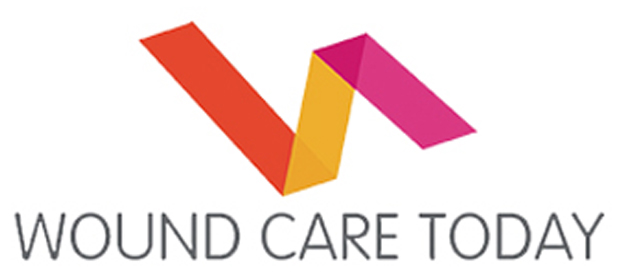22 May 2018
Vascular assessment, commonly using ABPI, is critical to determine if peripheral arterial disease is present before treatment with compression therapy. Failure to carry out assessment can result in harm in patients with arterial disease.
More details22 May 2018
Wound bed preparation guides the preparation the bed of wounds healing by secondary intention, for healing or further treatment. TIMES allows a systematic approach to wound bed preparation to ensure all local factors that could be delaying closure are identified and addressed.
More details15 May 2018
Exudate is produced as a normal part of wound healing. However, in excess volume or with chronicity, it can become a harming rather than healing agent. Exudate must be managed effectively to promote wound healing and alleviate symptoms.
More details22 May 2018
Wound infection can pose a significant challenge to healthcare professionals, as it can delay healing and increase pain, exudate volume and malodour. Thus, wound infection should be identified and treated effectively at the earliest sign
of changes.
05 February 2022
水分関連皮膚損傷(MASD)とは、失禁関連皮膚炎(IAD)、間擦疹性皮膚炎(ITD)、創傷周囲の皮膚損傷、ストーマ周囲の皮膚損傷を表す包括的用語です。 臨床医は皮膚の崩壊の危険因子と様々な種類の水分関連皮膚損傷(MASD)を評価及び管理する方法を理解する必要があります。これは良いスキンケアレジメンを通じて皮膚のバリア機能を護し、回復させることによって発生率を軽減するという予防措置を講じる場合に必要不可欠です。
More details04 October 2021
What makes a coach great? These are the 4 top coaching skills every successful coach has and why you should start honing yours too! Discover the 4-layer process to creating transformation in this free masterclass.
More details21 March 2023
This poster aims to illustrate the clinical experience of using a new foam silicone adhesive dressing with hydrofiber We are both specialist podiatrists working in large community Trusts within Birmingham and Solihull.
We each completed our own evaluations and brought them together This allowed us to gain a balanced view and also adhere to trust processes as the product evaluation was completed at more than one site
23 March 2023
Background and Aim
01 June 2020
The delivery of wound care in the current climate is challenging so effective solutions are more important than ever. It is vital that you are aware of the latest products and innovations that have the potential to improve outcomes.
If you have patients on your caseload with long standing wounds, it is likely that biofilm is the cause. Here, we present AQUACEL® Ag+, an innovative dressing range that has been specifically designed to disrupt and destroy biofilm to help progress hard-to-heal wounds.
06 August 2020
Cavity wounds can be very challenging in practice and often require adaptation of the clinical skills required for the management of most other acute and chronic wounds. Failure to manage cavity wounds effectively can result in delayed healing and an increased risk of associated complications. This in turn can place increased demands on a clinicians’ case load and increase costs for health services, as well as impacting negatively upon the patient’s quality of life. This article describes cavity wound presentation, the adaptations required in their assessment and management, and includes identifying appropriate cavity wound dressings to optimise local wound care. The importance of considering the physical and psychological wellbeing of the patient is also discussed, along with the importance of engaging them in decisions about their care and enabling self-management where appropriate.
More details